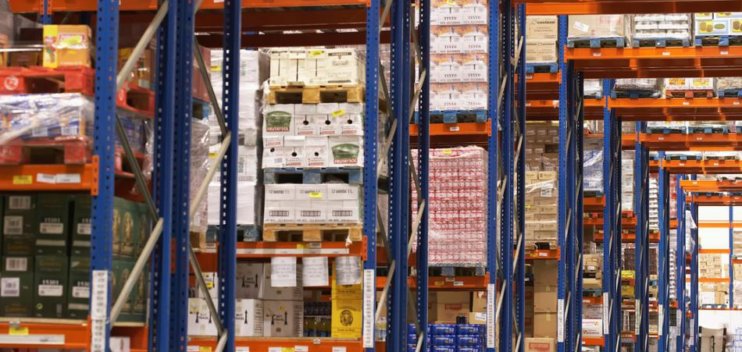Supply Chains of your business A reader has asked which of the many elements of supply chains should be emphasised as companies take steps to change the objective of supply chains from ‘cost down’ to ‘value add’, in an era of disruptions? While each business will select its own list of short-term ‘to do’ actions to achieve improvements, there should … Read More
Successful Procurement requires Conditioning the Seller
Business Relationships and Buyer focus The previous blogpost discussed the potential for sellers to condition buyers, so they will accept the seller’s preferred objectives. But buyers can also condition sellers to accept the buyer’s objectives. However, prior to developing your Purchasing strategy, there is a need to identify the type of business relationship that exists or that you require between … Read More
Procurement behaviour influenced by inflation increase
An era of low-cost debt Economies are now experiencing rising inflation and central banks increasing interest rates. Equity (share or stock) markets in some countries have experienced a reduction in the price of shares by 20-30 percent. How may these events influence Procurement in your organisation? Since 2008 central banks in many countries have provided low-cost liquidity for their economies, … Read More
Logistics plans materials and service parts Inventory
Inventory for dependent items The role of Inventory is to provide a buffer that recognises variability in demand for items and the lead times required to meet those demands. Variability in supply and its lead times is also a factor, due to disruptions through supply chains. The disruptions in supply chains are likely to continue, especially with the influence of … Read More
Planning Inventory for Logistics using CoV technique
ABC inventory approach Inventory is too often considered as one lump of cost, rather than as a collection of individual stock keeping units (SKUs), each with their own pattern of demand and supply. To provide some differentiation between high and low selling items, a familiar process is to group SKUs into ABC groups. This is based on observations by the … Read More





